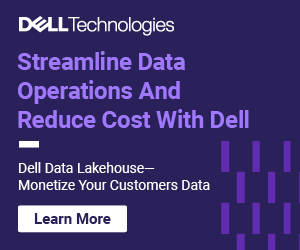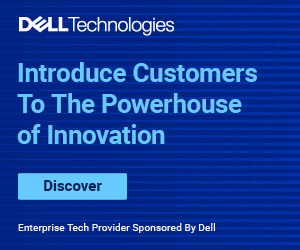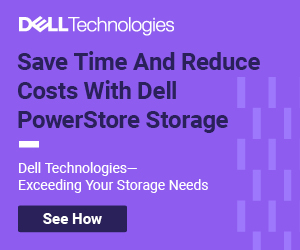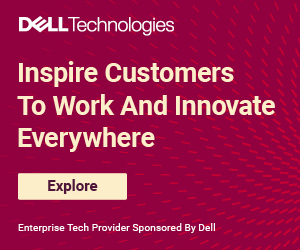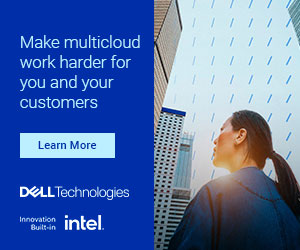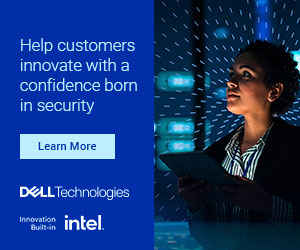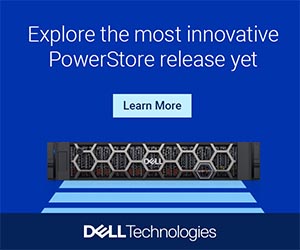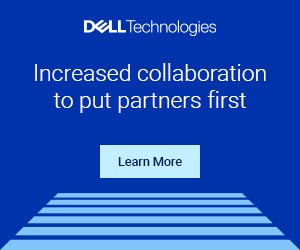As the technology has improved, CIOs are now leveraging intelligent automation in both network-attached storage and storage area solutions. Additionally, intelligent automation is being applied to data lifecycle management, cloud deployment, workload consolidation, and hybrid storage.
To support the increased adoption of intelligent automation-based solutions, enterprise IT personnel are deploying diverse storage architectures to make better use of the cloud; this, as opposed to relying on regular hardware and software-defined storage systems for their data.
To this end, Storage as a Service (STaaS) is growing in popularity, and managed services around STaaS is expected to replace more than 40% of all on-premises IT storage administration and supports costs by 2025. That’s up from 10% in 2021, per a report by Gartner.
The benefits of intelligent automation across customer and supply chain enterprises and functions are already well-known. But one thing that is often overlooked is that using STaaS is more cost efficient than building private storage infrastructure; this is especially evident when comparing data types to cloud storage offerings.
For the solution provider, now is the time to begin having conversations around STaaS. To support these efforts, it’s worth pointing out that – per Gartner – enterprise-level prospects that are considering STaaS offerings evaluate the following:
· Agility
· Cost
· Control
· Performance
Additionally, prospects take into consideration the potential for lock-in and governance between a hyperscale cloud offering versus dedicated infrastructure on a consumption basis.
Solution providers can offer enhanced support around STaaS by helping optimize costs by incorporating cost tracking and analysis. This sort of support can serve as an excellent point of entry for the solution provider to deliver additional services to enterprises looking to incorporate STaaS services. Per Gartner, by 2025 just 50% of enterprises will have developed the skills for infrastructure across hybrid and multi-cloud platforms.
As the future of infrastructure crystalizes, the solution provider’s ability to deliver strategic infrastructure standardization, modernization and automation efforts will be critical for their business growth as well as customers’ successful digital transformation.



